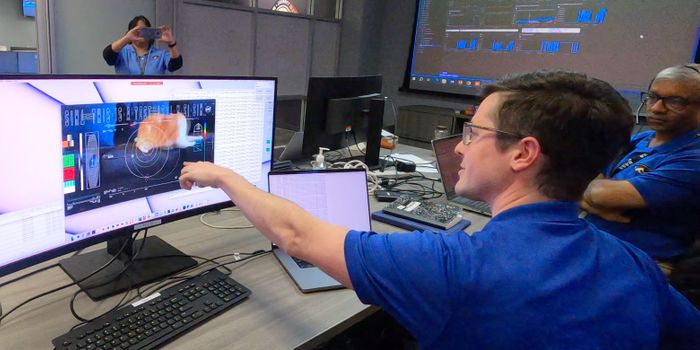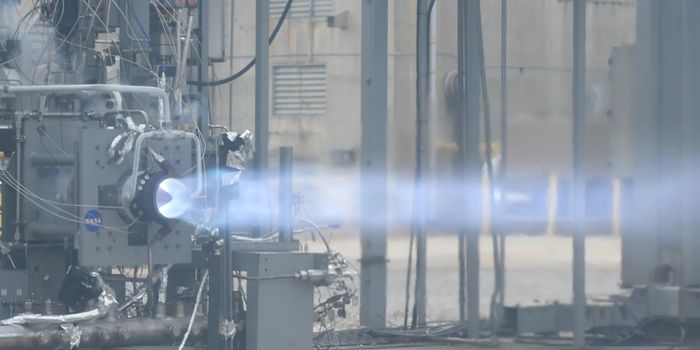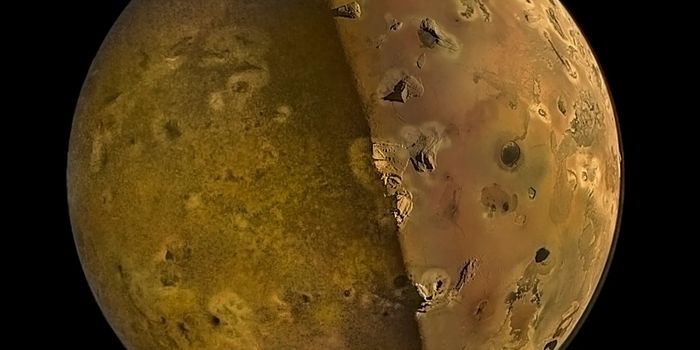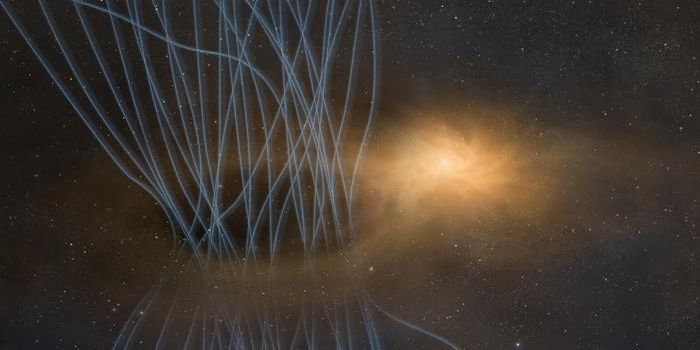University of Manchester Scientists Want to Search Under Antarctica's Icy Surface for Meteorites
Antarctica has long been a common place to find meteorites, and while there are a lot of them residing there, we also seem to be finding fewer of them than many scientists expect to.
Image Credit: Univerity of Manchester
One group suggests that a particular type of meteorites, which are composed of either iron or stone and iron, are there, but just aren’t showing up to the naked eye because they’ve managed to dig themselves below the icy surface. It’s a theory very similar to one that surfaced in the scientific community around a year ago.
So, by now you might be asking, “well how does a rock dig itself under ground?” – While they don’t have any limbs or lifelike characteristics to do so, they may have had a little bit of help from physics and the characteristics of thermal conductivity, as noted in a journal entry in Nature Communications.
Being that they are composed of iron or stone and iron, they would have a tendency to heat up from exposure to the Sun, and this would allow them to melt the ice around it, letting them sink deeper into the surface of the Earth by as much as a few centimeters. Afterwards, new ice takes the place of that which was melted, making traces of these meteorites mostly undetectable without digging.
Being that this theory seems to be pretty solid, scientists from the University of Manchester have been working hard to get approval to start searching for meteorites that may have sunk below the Antarctic surface, as finding these lost pieces could help us learn more about the history and formation of the Solar System and the planets that inhabit it, and it might seem that their efforts have finally been successful.
“We now have the opportunity to commence on a truly exciting scientific adventure. If successful, our expeditions will help scientists to decode the origins of the Solar System and cement the UK as a leader in meteoritics and planetary science,” Dr Geoffrey Evat said in a statement.
“The whole notion of a layer of missing meteorites in Antarctica came out of blue-sky discussions at an interdisciplinary workshop, between a group of applied mathematicians and glaciologists, back in 2012. Having subsequently turned those initial ideas into firm scientific reasoning, we now have the opportunity to put our mathematical hypothesis to the most extreme of tests!”
According to a statement issued by the University of Manchester, the team has already been awarded a grant from the Leverhulme Trust to develop the technologies they need to try and detect these sub-surface meteorites without having to dig holes everywhere in the Antarctic surface, such as specially-designed metal detectors.
The first likely time candidates for being able to explore Antarctica could surface in 2019 or 2020. 2019 could allow the team to have a preliminary ground study, which lets the team determine where exactly they want to start their research, while the research can officially begin the following year.
They are expected to utilize three different sites to conduct their research, in which they’re really hoping that they’ll find some clues that will confirm this long-standing scientific theory.
Source: University of Manchester
-
MAY 07, 2024Is It Anti-RNP or Anti-Sm/RNP?
- See More
-
APR 30, 2024Immuno-Oncology Virtual Event Series 2024
-
MAY 07, 20243rd International Biosecurity Virtual Symposium
-
JUN 06, 2024The Future of Scientific Conferencing
- See More


















































